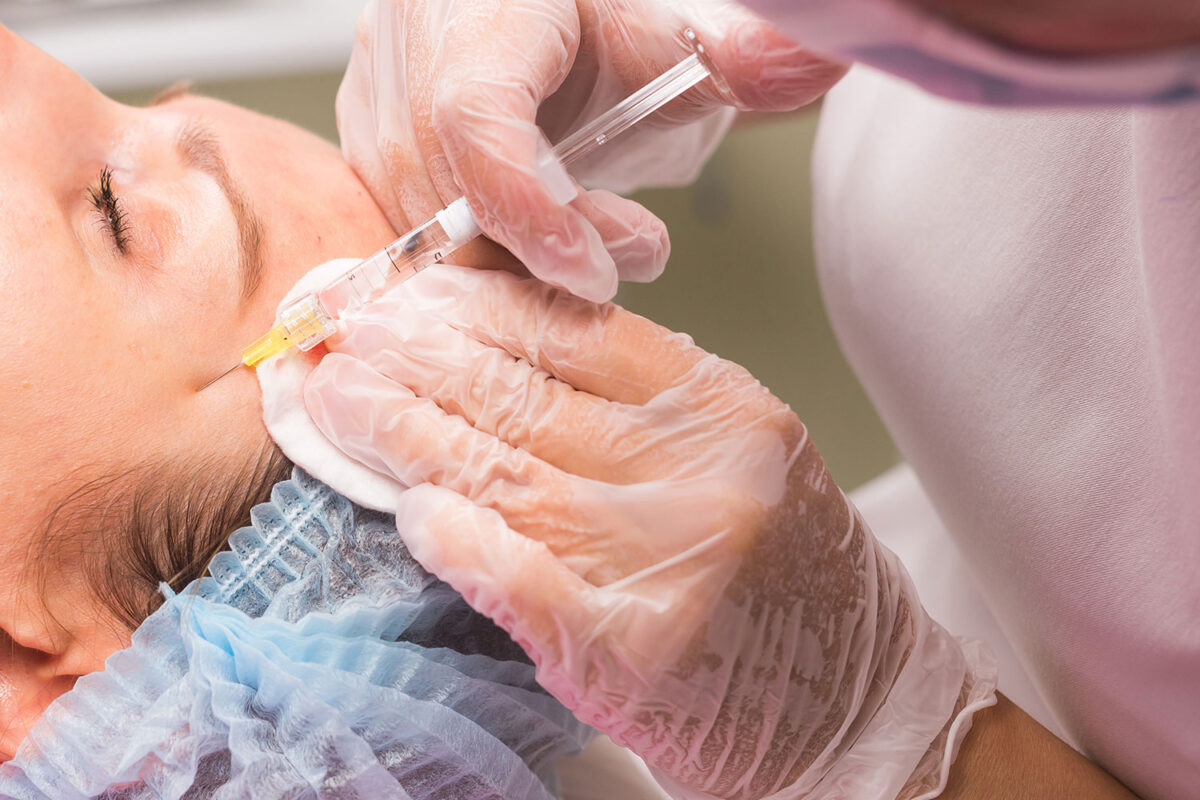Anesthesia in plastic surgery interventions

What type of anesthesia do we use to perform our plastic surgery interventions?
Plastic surgery is a specialty that covers the entire human body. We perform operations ranging from those involving large body surfaces to more limited surgeries on smaller, more specific areas. Depending on the area to be treated and the type of intervention, each operation will require one type of anesthesia or another.
In some cases, the patient’s sensitivity also comes into play, since there are surgeries that can be performed with local anesthesia only, but in certain patients who are apprehensive or who would find it unpleasant to be aware of the intervention, they may need to go up a step on the anesthetic ladder.
However, whatever type of anesthesia we use, we will always treat the area to be operated on with an anesthetic solution combined with other drugs that will greatly improve the patient’s postoperative comfort. In fact, in this way we will achieve painless postoperative periods that are very tolerable for patients.
Anesthesia from lower to higher degree
Local anesthesia
Going from the lowest to the highest degree of anesthesia, let’s start by looking at which interventions can be performed with local anesthesia only. These are: removal of nevus and skin lesions, some labiaplasties in intimate surgery, some upper blepharoplasties, some bichectomies, some eyebrow lifts.
Local anesthesia with sedation
Going up a step in terms of anaesthesia, there are surgeries that can be performed by combining local anaesthesia with intravenous sedation. Some blepharoplasties, some intimate surgeries, otoplasties, facial lipofillings can be performed in this way. And in the case of nervous patients or those with anxiety about the intervention, interventions that can be performed only with local anaesthesia could be performed with this type of anaesthesia, in order to improve the patient’s comfort.
General anesthesia
The last step in anesthesia is general anesthesia, although within this we differentiate between two ways of maintaining the patient’s respiratory function: laryngeal mask and orotracheal intubation. With the laryngeal mask, the patient breathes using his or her own automatic respiratory reflex. While with intubation, it is the breathing machine that performs this function. Under general anesthesia, we carry out large liposuctions, abdominoplasties, mammoplasties (both augmentation and reduction, as well as mastopexies), brachioplasties, cervicofacial lifts, some blepharoplasties, and rhinoplasties.
There is often some concern about undergoing general anesthesia, although although the anesthetic risk will never be non-existent, a general anesthesia carried out by a good anesthesiology professional is very safe today, because the patient is monitored at all times.
In this way we have reviewed the different anesthetic options that we have available to carry out our work.
Dr. Patricia Martínez is a registered plastic surgeon, member of the College of Physicians of Valencia and SECPRE (Spanish Society of Plastic, Aesthetic and Reconstructive Surgery).





